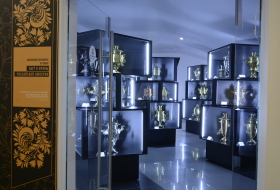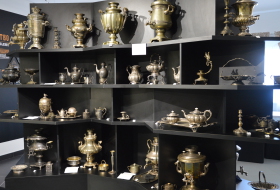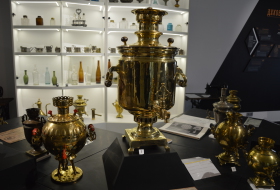The Exhibition "Everyday Life and Customs of the Russian Empire"
The exhibition "Everyday Life and Customs of the Russian Empire" is the newest in Museum and Exhibition Center Kirovsk Branch of JSC "Apatit". It consists of two halls: the first one you may visit in opening times, guiding tour only is available for the second hall but it should be booked in advance.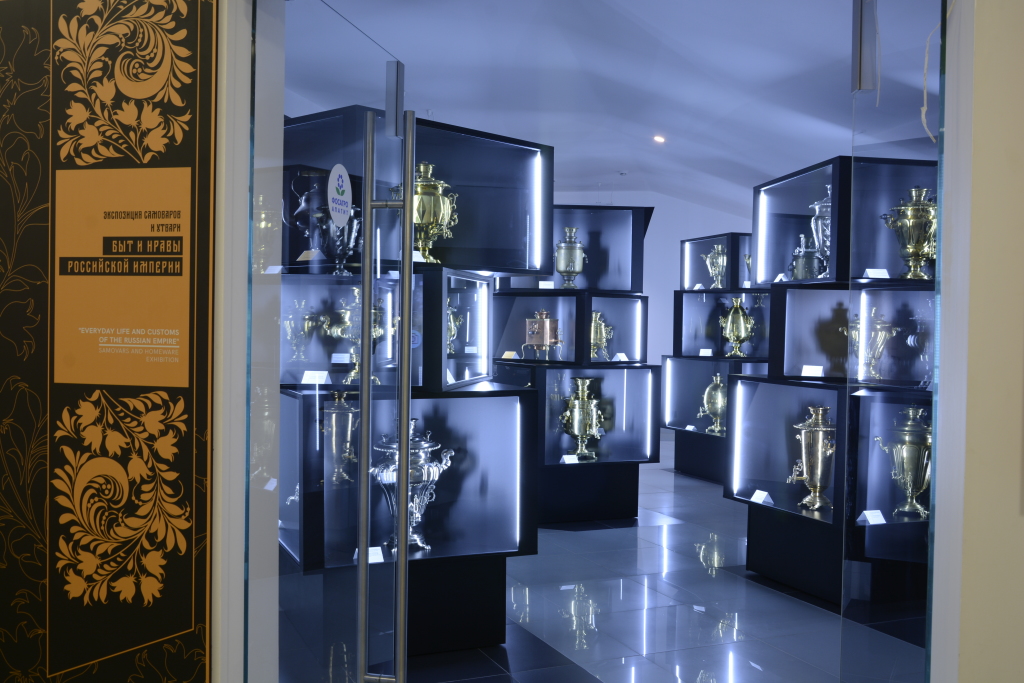
The first hall includes several info zones.
From the first info zone “Types of Samovars”, you will learn when the first samovar appeared, how people entitled the samovars of different forms, the fuel types of samovars and for what reason not all of them had taken roots in Russia.

The second info zone is called "Making Warm". Here you will get to know better such a device as bouillotte, learn how it was used and why it was irreplaceable for the noble tea drinking.

In the third info zone "Making Boil", the samovars of different functionality are represented. What kind of device was used to cook porridge, a cabbage soup or to boil water for tea drinking? Then learn about the samovars had been used for long journeys across our great country and the devices that tea merchants had used.
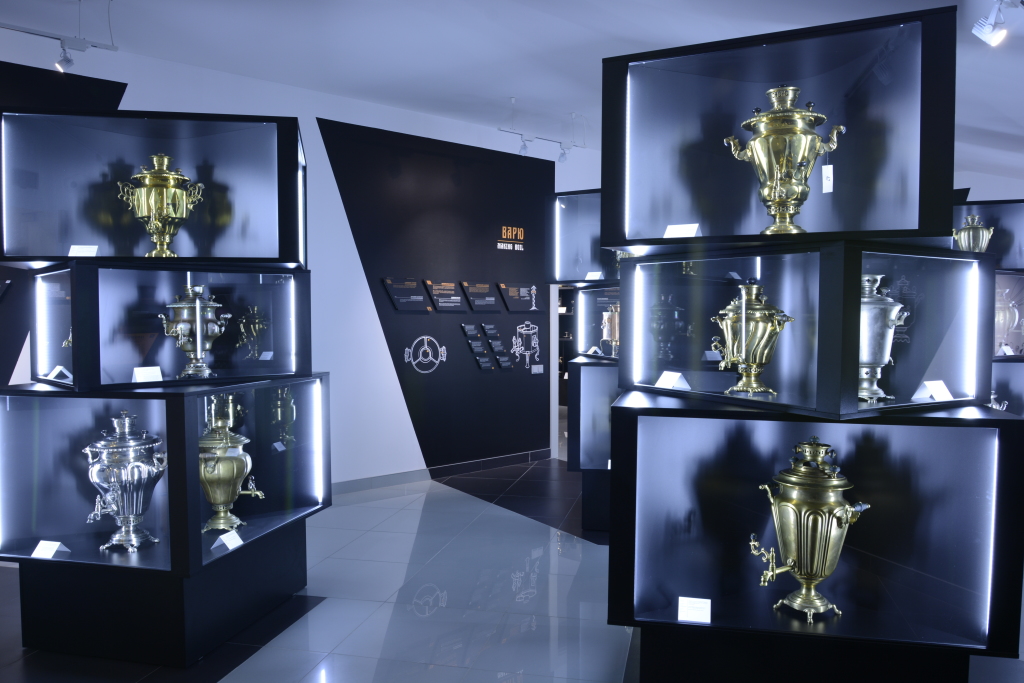
In the fourth info zone "Keeping Cool", the fountain attracts our attention. This device can be predictably called "the samovar vice versa". With the help of fountain drinks were not heated, but rather cooled!
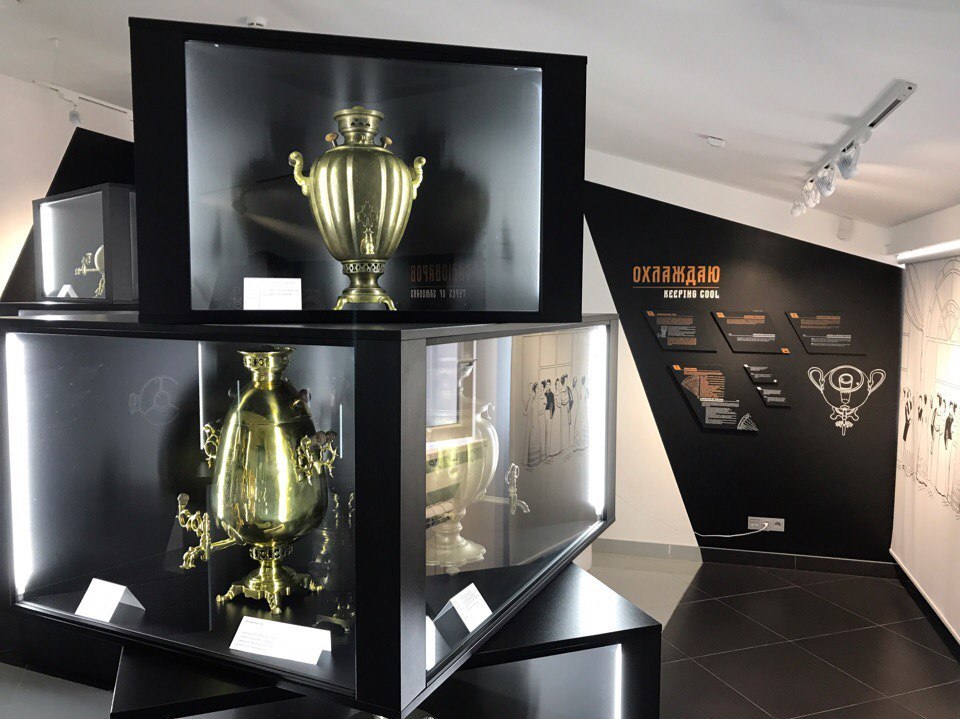
Finally, in the last info zone of the first hall you will see "the great-grandfather’s samovar" and learn about the other hot drinks popular in the Russian Empire.

*In the second part of the hall you will get to know everyday life and customs of different estates of the Russian Empire the nobility, the city residents, the peasantry and the clergy. *
From the info zones you will learn traditions and specifics of tea drinking having existed in 17th – the beginning of 20th century. For example, the nobles and the aristocrats tried to copy English tea tradition. Tea was the reason for communication and for keeping a social conversation. For the peasants, tea became available only in the middle of 19th century. Before tea was a luxury and came at a price; hence, the expression "to treat with tea" appeared. The merchant’s tea table impressed with a variety of sweets and snacks, tea drinking was accompanied with guitar songs. In monasteries and sketes, Chinese tea was prohibited – it was considered a stimulating drink and was replaced with a rosebay tea.
You will get to know about the structure of the samovar, its cost and its manufacturers. Using a virtual constructor-samovar from the interactive table, you may assemble your own samovar.
"Fair" and "China shop" zones impress with an extensive collection of tableware, kitchen utensils and household items that will help you to immerse into the epoch.
The highlight of the tour is a conversation with an animated character from the painting of Boris Kustodiev — Merchant’s wife: she is ready to share interesting stories and secrets at tea.
